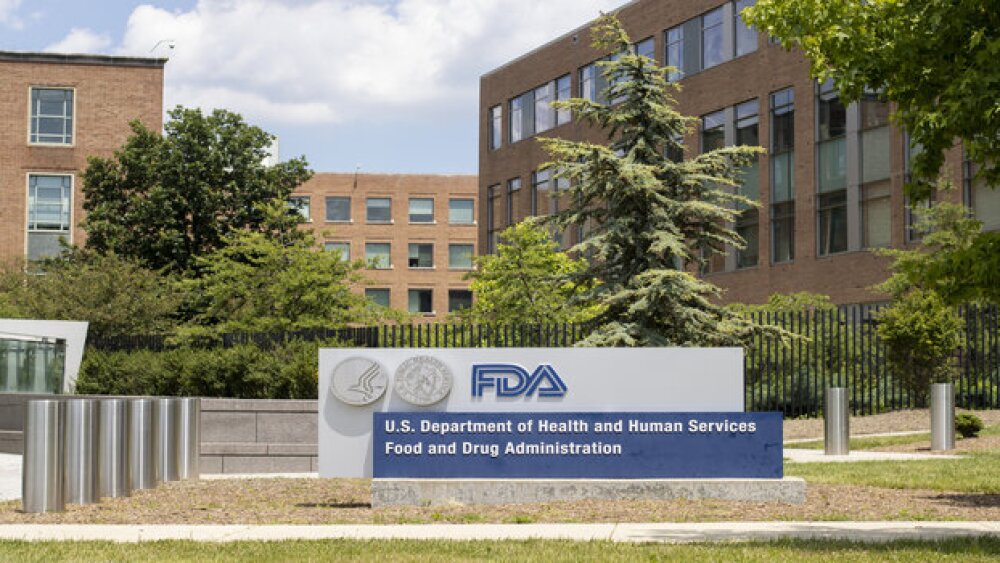China continues to be a hotbed of investment for U.S. pharmaceutical and biotech companies. Last week BioSpace reported that China expects to see exponential industry growth by 2022 and today Eli Lilly and Company added to that growth through a partnership with China’s National Center for Cardiovascular Diseases.
China continues to be a hotbed of investment for U.S. pharmaceutical and biotech companies. Last week BioSpace reported that China expects to see exponential industry growth by 2022 and today Eli Lilly added to that growth through a partnership with China’s National Center for Cardiovascular Diseases.
Indianapolis-based Eli Lilly said the partnership is across four strategic initiatives to advance the scientific understanding of type 2 diabetes and related complications, such as cardiovascular disease (CVD). The two entities hope the progress made through the partnership will improve care for patients with these conditions. Diabetes is a growing concern in China. Over the past 30 years the rate of diabetes patients has grown from 1 percent in 1980 to nearly 11 percent of the population in 2017, Lilly announced. Additionally, one in three people in China is considered pre-diabetic. In that country, less than one-third of people with diabetes receive treatment, Lilly added.
Through the collaboration, Eli Lilly, one of the leading companies to develop treatments for diabetes, and China’s NCCD will develop a simple cardiovascular disease risk calculator to improve screening and diabetes management at the primary care level. The partnership will also attempt to identify new biomarkers for diabetes progression, diabetic kidney diseases (DKD), and CVD.
Data collected by the Patient-centered Evaluative Assessment of Cardiac Events (PEACE) Million Persons Project in China, will be leveraged for the collaborative project. Lilly and NCCD will have access to data from more than one million people in China with type 2 diabetes and increased CVD risk.
Not only is China seeing the exponential growth of diabetes patients, the problem is global. By 2045, the number of people living with diabetes is expected to rise to 629 million worldwide, with type 2 diabetes being the most common form, accounting for around 90 percent of all cases, Lilly said. With the high rate of CVD in diabetes patients, there is a high fatality rate. About 50 percent of those fatalities are associated with CVD.
While China is definitely an emerging market for U.S. pharma companies, there are other countries that are also seeing an increased amount of investment, such as Brazil, Russia, India and South Korea. Of those countries, more investments have been made in China and India when it comes to the annual number of M&A deals and licensing agreements, according to GlobalData. Earlier this year the presence of multinational pharmaceutical firms grew by 9.2 percent in India, according to The Pharma Letter. In its report, The Pharma Letter said one of the biggest growth areas in India has been in respiratory medications. In the first quarter of the year, that sector saw a 21 percent growth, according to the report.
Despite political problems between western nations and Russia, pharma investments seem to have not been deterred. Danish pharma giant Novo Nordisk is in the process of opening a full-cycle insulin production facility at its plant in the Kaluga region later this year, The Pharma Letter reported this morning. U.S. pharma giant Pfizer is also supportive of its investments in that country. Nail Yegorov, the director of communications for Pfizer Russia, said the company “had localized three drugs in Russia, including a vaccine for the prevention of pneumococcal infections.” Yegorov said Pfizer intends to increase its investment in that country, according to the report.





